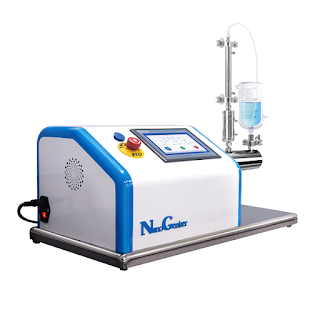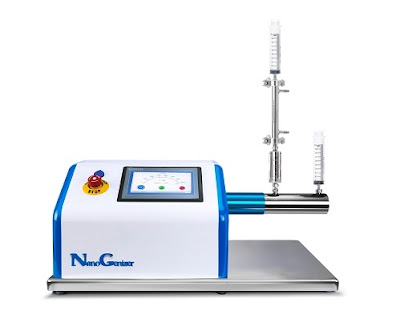Valve Type VS. Microfluidic High Pressure Homogenizer, Which is Better For Your Application?

Valve-Type High-Pressure Homogenizer vs. Microfluidic Homogenizer: Which Is Better for Your Application? High-pressure homogenization is essential across various industries, including pharmaceuticals, biotechnology, and food processing, where particle size reduction and stable emulsion formation are critical. Among the technologies available, valve-type high-pressure homogenizers and microfluidic homogenizers are two popular options, each offering unique advantages. In this article, we will compare these two technologies to help you determine which is best suited for your specific application. Understanding Microfluidic Homogenizers Microfluidic homogenizers are high-pressure systems that utilize fixed geometry microchannels instead of valves to create a consistent shear rate on liquids. This innovative design allows for precise control of fluid dynamics, leading to effective particle size reduction while minimizing energy loss as heat. Microfluidic homogenizers are ideal for applicati...





